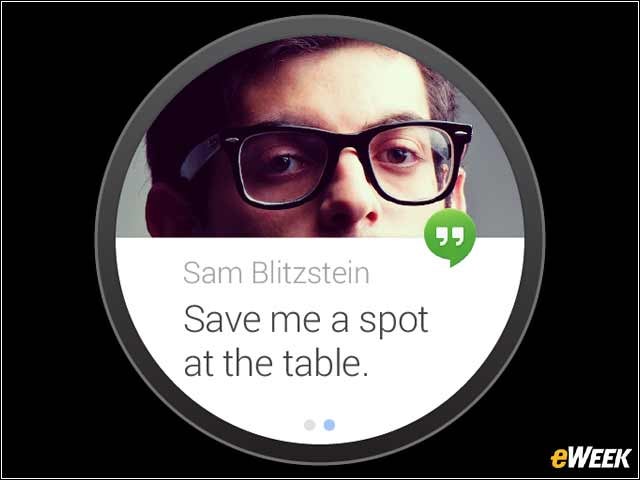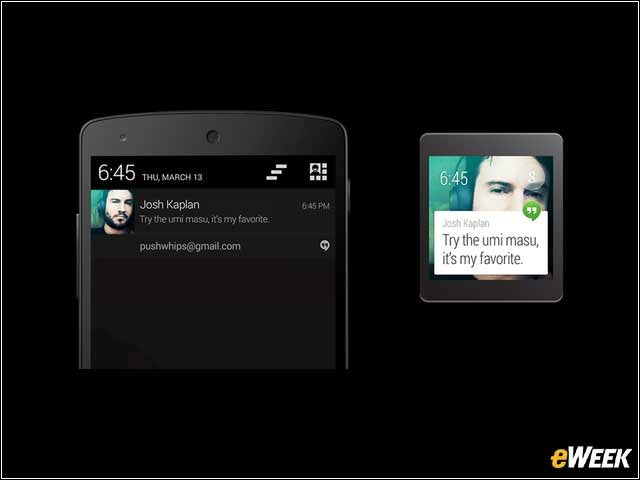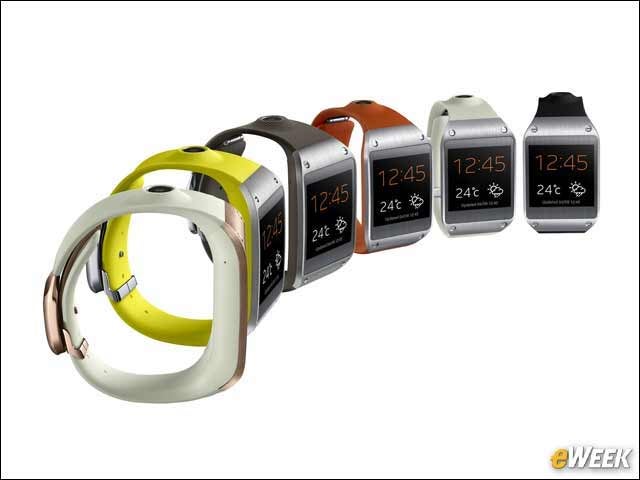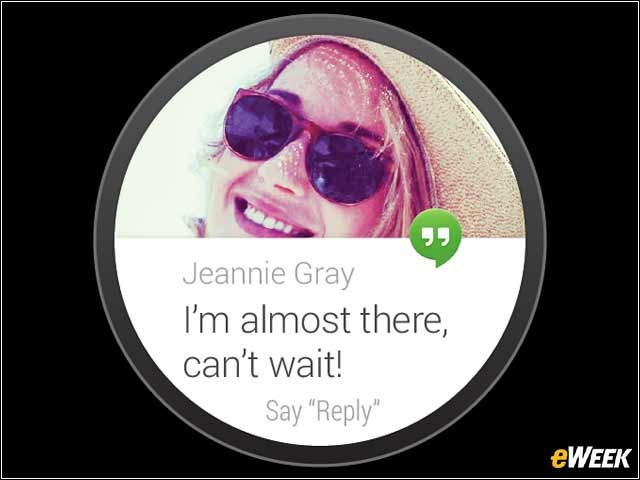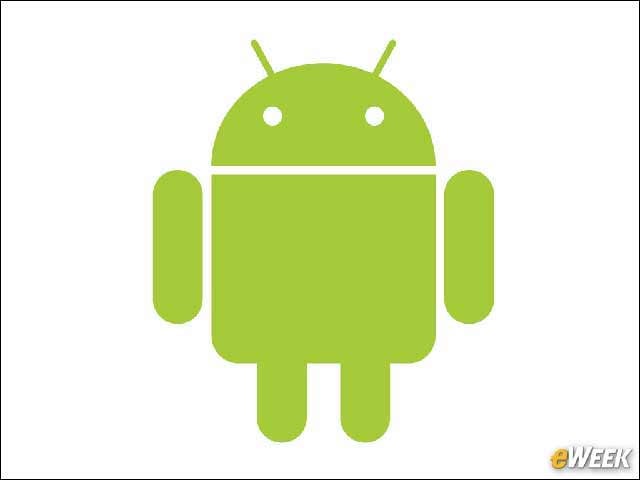eWEEK content and product recommendations are editorially independent. We may make money when you click on links to our partners. Learn More.
2Android Wear Smartwatches Will Arrive First
As Google itself pointed out, and all of its marketing materials seem to indicate, Android Wear will first come to the market on smartwatches. That makes sense. Smartwatches appear to be the devices that most wearable-focused companies are pushing, and what consumers are most apt to buy at the moment.
3Other Wearables Will Hit the Market Later
Once smartwatches from a wide range of companies hit the market, Android Wear will likely find its way to other devices, including wearable fitness bands and maybe even Google Glass competitors. Google’s Android Wear seems primed for any kind of wearable device, which makes it all the more appealing to companies looking to offer products in that space.
4It Will Promote New Form Factors
One of the most interesting things about Google’s announcement is that the company’s Android Wear will support round screens. In fact, Motorola unveiled the Moto 360, featuring exactly that kind of design. Considering most products today have square or rectangular screens, Google needed to do quite a bit to change the software to make it work on round displays. It’s an interesting shift.
5Several Vendors Have Signed Up
Want to know why Android Wear is important? Look at all the companies that have so far signed on to develop devices running the platform. Samsung has committed to the platform, as well as Fossil, HTC, Motorola, LG and others. Several companies feel Android Wear is the future. Who can argue against that?
6It Allows for Different Experiences
One of the nice things about Android Wear is that it’s open-source. What that means is vendors can create software experiences that go far beyond the out-of-the-box service Google will ship. As with Android smartphones and tablets, we can expect to find many different software experiences when Android Wear devices start shipping.
7It’ll Be Google’s Answer to iWatch
It appears, based on the sheer number of rumors, that it’s only a matter of time before Apple launches its long-awaited iWatch. Realizing that, Google’s Android Wear could be the search giant’s answer to Apple’s offering. Android Wear will present a certain software experience, and so will the operating system on the iWatch. Google might even launch its own line of devices in the future, similar to what it has done with Nexus. Google has just fired the first shot in its war with Apple in wearables.
8It Delivers a Standard Experience for Wearables
The important thing to keep in mind with Android Wear is that while modifications will happen with the software, it helps to standardize the general user experience. Right now, wearable devices are running all kinds of operating systems and have yet to be standardized to provide an expectable experience to users. Android Wear solves that problem, which should help sales.
9It Gives Non-Tech Companies an Inroad
One of the surprising announcements related to Android Wear is that Fossil has decided to become a partner in the ecosystem. That’s important. Since smartwatches launched, major watch brands stayed out of the mix, due in large part to their lack of resources and requisite knowledge to get the job done. With Android Wear, those companies can now get an operating system, design a product and band, and get it produced. Expect to see many more non-tech companies join the Android Wear initiative over time.
10Android’s Market Credibility Helps
It’s important that Google’s wearable operating system is Android. That helps developers create more and better applications, since they know the platform, and it gives product vendors a leg up when designing devices. Android helps to take the guesswork out of designing software and what should be expected from it, leaving device makers to do what they do best: focus on hardware.
11Google Is Pushing a Fledgling Industry
Although most analysts believe that the wearable technology market will grow in the coming years, those estimates were based on the assumption that there wouldn’t be a standard platform with the potential strength to lend momentum to wearable sales. Now that Google has entered the fray with Android in tow, everything changes. Google has the power to push the wearable sector ahead, and device makers are already jumping on its bandwagon. Apple could soon enter the competition. Be on the lookout for serious competition in wearables.
